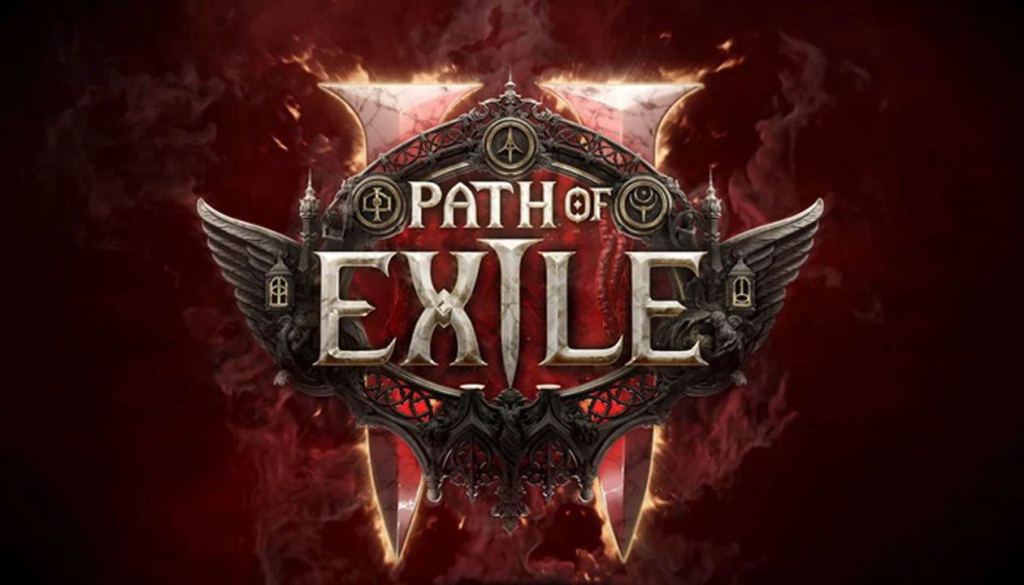Path of Exile 2 Shakes Up the ARPG Formula, But What Do Early Access Players Think?

Path of Exile 2 entered early access in December, shaking the ARPG formula by emphasizing action and skill expression over traditional power fantasy. Many players draw comparisons to Soulslike games, citing its demanding combat and strategic depth. Below are insights extracted through Ludopsy.
Disclaimer: Italicized text throughout this post reflects my personal takeaways or opinions based on the data, while all non-italicized content represents insights from Ludopsy with wording edits to shorten the subthemes. This dataset only covers Steam reviews 1 month after the game’s early access launch.
🔍 Summary of Key Insights
Based on 20,000+ player reviews, here are some of the insights shaping its early access reception:
- Game Differentiation: WASD movement and Soulslike combat mechanics sets POE2 apart, though some veteran players criticize this move away from traditional ARPG identity.
- Progression: Build diversity is praised, but RNG heavy crafting and ascendancy trials frustrate players.
- Approachability: Players mention some improvements compared to PoE1, but the game remains overwhelming for newcomers, with a steep learning curve, reliance on external guides.
- Pacing: Criticized for slow movement, large maps with little reward, along with lengthy- punishing boss fights. However, others appreciate this as a refreshing change.
- Forward Outlook: Strong optimism for future content and balance fixes, with trust in developers’ responsiveness.
🟩 Game Differentiation
(Mentions: Over-indexing by 4X, 🟩 84% Positive – 🟥 14% Negative)
Path of Exile 2 stands out with its Soulslike combat elements and modernized yet nostalgic appeal.
Key Player Insights:
- ✅WASD movement and dodge rolls are frequently praised, making combat more dynamic.
- ✅Soulslike combat mechanics, including challenging bosses and tactical combat, demand precise positioning and allows skill expression that players find rewarding.
- ✅Diablo 2 nostalgia mixed with modern and polished mechanics are loved by players
- ⚠️Negativity toward moving away from traditional ARPG identity, some veterans argue that these changes negatively impact the essence of POE’s identity, and the genre’s power fantasy.
Note: Expectation satisfaction is slightly under-indexing at 0.9X, with 63% negative sentiment. The primary reasons for unmet expectations are gameplay changes and over-tuned difficulty, making it harder to adapt to changes in combat, especially for a smaller group who were expecting a more refined version of PoE1.
🟨 Progression
(Mentions: Over-indexing by 3.5X, 🟩 52% Positive – 🟥 47% Negative)
Progression is a defining feature of the genre but it is polarizing, with players praising build diversity but criticizing the loot systems.
Key Player Insights:
- ✅Expansive build diversity allows deep customization through skills, support gems, and passives.
- ⚠️Loot drops feel underwhelming, with scarce meaningful upgrades and absence of impactful rewards after challenging encounters.
- ⚠️RNG-heavy crafting frustrates players, making progression feel inconsistent.
- ⚠️Ascendancy trials are seen as punishing, relying too much on luck rather than skill.
🟥 Approachability
(Mentions: Over-indexing by 3X, 🟥 66% Negative – 🟩 31% Positive)
While Path of Exile 2 introduces more accessible systems and clearer tutorials, the steep learning curve remains a barrier for new players.
Key Player Insights:
- ⚠️Overwhelming complexity – The passive skill tree, crafting, and trading systems are dense with little in-game explanation.
- ⚠️Heavy reliance on external resources – Players frequently mention needing YouTube guides and wikis to understand basic mechanics.
- ⚠️Steep learning curve and punishing combat – Many compare it to Dark Souls, emphasizing difficulty spikes, one-shot deaths, and high execution requirements.
- ✅Some accessibility improvements – WASD movement and controller support, streamlined systems, and better tutorials make it more beginner-friendly than PoE1.
🟥 Pacing
(Mentions: Over-indexing by 2X, 🟥 70% Negative – 🟩 30% Positive)
The game’s slower, strategic pacing divides players, with mostly negative sentiment. Although some find the more tactical approach immersive and rewarding, others find it tedious. The main issue seems to be the tuning of the systems (lack of meaningful rewards, long boss fights etc.) rather than the systems per se.
Key Player Insights:
- ⚠️Large maps with lack of meaningful rewards and slow movement make exploration feel sluggish and unrewarding.
- ⚠️Boss fights are long and punishing, with bosses often described as damage sponges.
- ✅Slower pacing as a refreshing change, some players think the change in pacing makes the game feel more rewarding, immersive, and distinct from the “zoom-zoom” nature of other ARPGs.
(Note: Immersion is not a defining feature, under indexing by 0.7X, but it is extremely positive with 99% positive mentions. Players love the atmospheric world, visual design and the narrative, with boss fights also coming up as storytelling highlights)
🟩 Forward Outlook
(Mentions: Over-indexing by 2X, 🟩 80% Positive – 🟥 14% Negative)
Many players are confident in Path of Exile 2’s long-term success, player’s mentioning the game’s strong foundation and citing Grinding Gear Games’ history of responsiveness. However, concerns exist regarding balance and pacing adjustments.
Key Player Insights:
- ✅Excitement for future content updates, including new classes, endgame expansions, and quality-of-life changes.
- ✅Many reviewers highlight trust in the developers’ ability to address issues.
- ⚠️Concerns about balance and pacing adjustments remain with hopes that the game will fine-tune its difficulty and progression systems over time.
Note: Developer trust is 61% positive.
Final Thoughts
Path of Exile 2 introduces bold changes, shifting towards more twitch-action-based combat, which has been generally well received. The primary challenge lies in system tuning, a promising position for an early access game.
With Ludopsy, game developers can surface actionable insights from player feedback, gather insights from competition, and make informed decisions. While Ludopsy analyzes over 50+ metrics, this article highlights just a few to provide a glimpse of the depth of analysis our tool delivers.